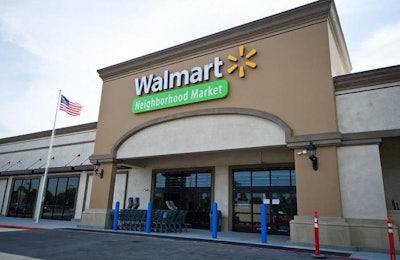
Any major purchasing decision made by Walmart and Sam’s Club, which sell over one quarter of the groceries purchased in the U.S., has major implications throughout the supply chain for any commodity, and eggs are no exception. The cage-free purchase pledge made by Walmart on April 6, establishes a goal of 100 percent cage-free egg purchases by 2025.
The pledge has the now usual caveat that it will be depend on availability of cage-free eggs, but it also contains a provision for “affordability and customer demand.” My guess is that if Walmart really wants the cage-free eggs for its stores and if they are moving off the shelves, the supply will be there in 2025 to meet 100 percent of the chain’s needs. Where it gets interesting is whether consumers will actually pay the additional cost of cage-free eggs if they are still given the choice of lower priced cage-produced eggs. If cage-produced eggs continue to sell well, will the company maintain that option for its customers? My guess is that sales of cage-free eggs will continue to grow as cage-produced eggs disappear from store shelves, but maybe Walmart will let the customer decide with their pocketbook.
Walmart has also taken positions on the standards that will be expected of all egg suppliers and how its position on egg purchases will be shared with consumers. The company will require 100 percent of shell egg suppliers to be certified and fully compliant with United Egg Producers Animal Husbandry Guidelines or equivalent standard and that compliance with these standards will be audited annually by a third party.
Walmart pledges to, “challenge suppliers to use selective breeding practices, innovation and best management practices to improve the health and welfare of laying hens.” The company says it “will monitor and report on supplier’s continuous improvement against these metrics through its Sustainability Index,” which the Walmart says is a “tool that helps the company track the environmental impact and sourcing of products throughout the supply chain.”
Continuous improvement on the “Sustainability Index” intrigues me. If environmental impact is to be monitored, this would favor cage-produced eggs. The statement specifically addresses health and welfare of laying hens, it will be interesting to see what metrics they use to measure these two areas. Will they compare cage-housed flocks to cage-free or just compare among cage-free flocks?

















